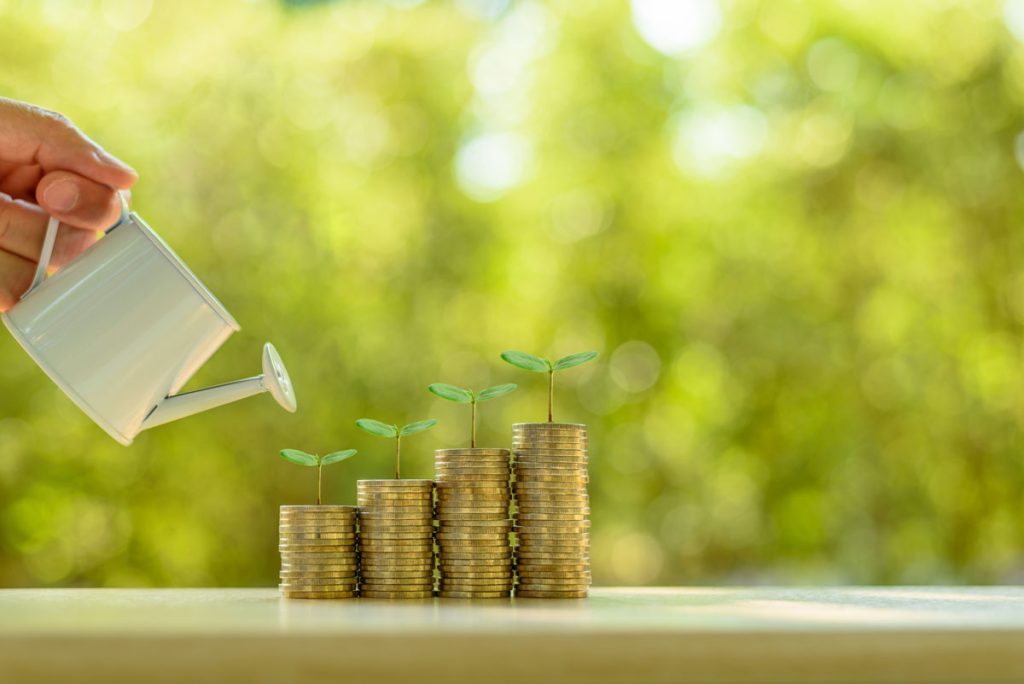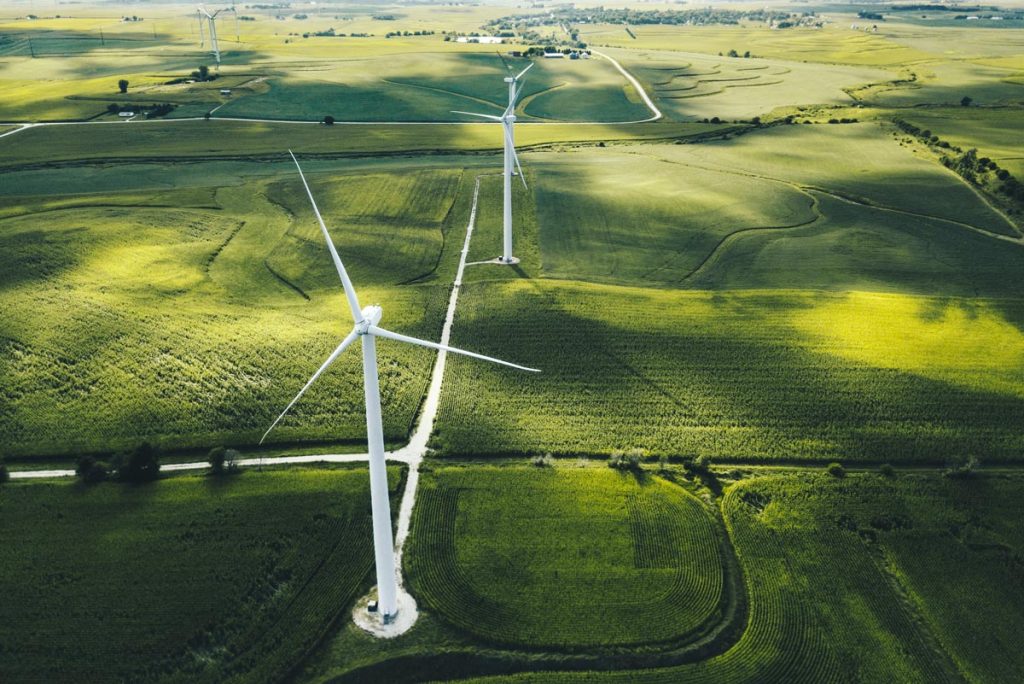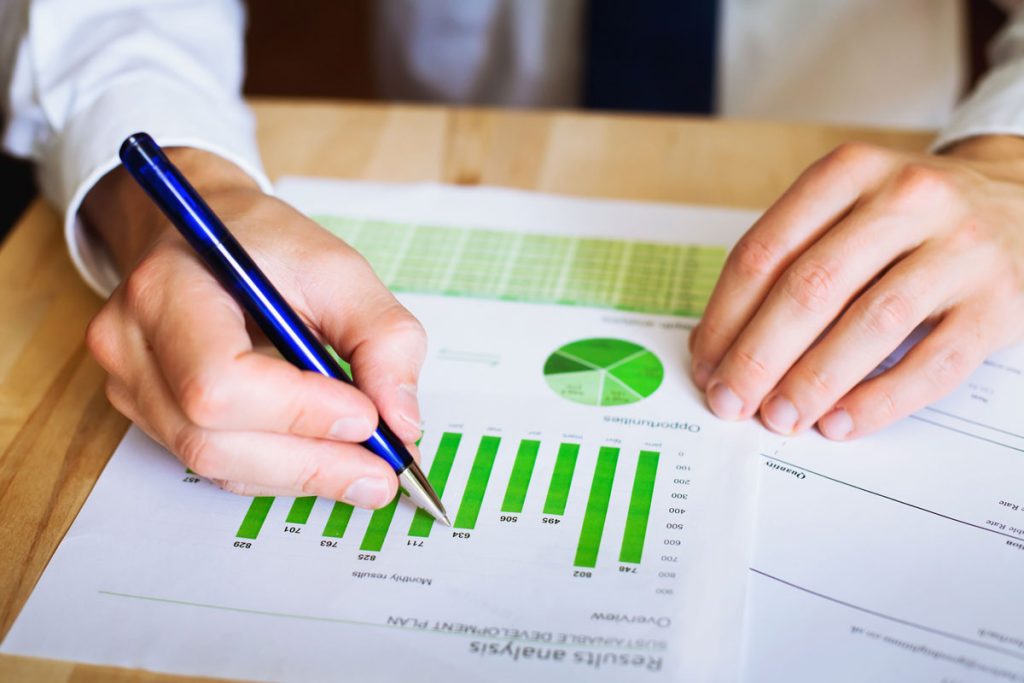Published October 20, 2020
James Drummond, former FTSE 250, Private Equity CEO and Chairman and Hammerforce director chats to us about the evolution of ESG investing and his thoughts on the sustainable investment pathway.
James, can you explain what sustainable or green energy investing means and how you quantify impact?
The term sustainable investing is fairly broad and can mean a lot of different things. For me, its about taking a considered and comprehensive approach to investment decisions. Financial considerations, such as risk and reward are important, but understanding the broader socio-economic factors and how they are likely to make an investment perform better over the long term is a key part of sustainable investing.
By investing in these companies, we’re all doing our bit for our environment and the sustainability of our businesses, societies, and our planet, and that is a good thing.
Investors are now so much more aware of what was previously ignored in investment decisions and are taking action to correct that. People who previously adopted a particularly narrow approach – the Eugene Fama view that shareholder returns is the only reason for doing anything – probably discounted the real risks they took in their investments and as a result, they’ve likely forgone returns they could’ve achieved had they taken a broader view in the first place.

I think that aside from being good for the planet, sustainable investment is also a good thing from the perspective of the businesses people are investing in, and these are not unconnected.
The question of quantification, to be honest is tricky. There’s definitely a much broader macro effect that comes from collective investment, so when more people think and act on sustainable investment opportunities then the socio-economic goods are much better.
According to the Forum for Sustainable and Responsible Investment report, in 2018 in the US alone, $12 trillion was invested in sustainable assets. Clearly this type of investing is a huge market and not just a ‘fad’. Apart from the need for change in terms of a more sustainable future, what other drivers are contributing to this growth?
This is clearly not a transient theme. This is something the numbers show. US$12 trillion today, that’s at least five times more than it was 3 or 4 years ago and not only is that growing, but the US$12 trillion as a share of total assets under management in the US is growing as well.
Aside from a general growing awareness of the importance of sustainability in all its forms, including survivability of the planet, there are secondary effects that are quite powerful. Investment funds are all competing for the same pool of money and as fund managers attract funds to grow their investment portfolios, they’re needing to demonstrate a deep understanding of their ability to appropriately invest in companies to achieve good value and returns.
Sustainable investing is not smoke and mirrors, it does actually produce financial results. Certainly, if you look at some of the more obvious champions of sustainability, take for example Tesla which is a company that’s produced fairly spectacular returns.
Even if you are taking a narrow definition of sustainability, I’m talking investing in companies that are producing green energy or carbon neutral energy sources, there have been massive returns in that area. Why? Because its leading-edge technology that enabling a more sustainable environment.
Here’s an example. Dong Energy [Danish Oil & Natural Gas] was the state-owned traditional energy company in Denmark. Back in 2017, they changed their name to Orsted, which was the name of a guy who was one of the people who discovered electromagnetism as a means to generate electricity, and they shifted their entire business to renewables – predominately wind, but also bio-energies and solar. During those three years, Orsted went from $12b market capitalisation to $48b – that’s a 4 fold increase in market cap and they’re now undertaking consulting projects all over the world advising companies on how to transform to become renewable energy provider.

This is only one example, but it demonstrates people are getting returns and making some serious money from taking a sustainable investment approach. Sure, it’s about timing – with Orsted, if you invested back in 1912, the returns are over a long time, whereas if you invested in 2017 you’ve had fairly quick returns.
Like any fast-growing tech driven sector, there are winners who tend to take a large share and there are losers. Competition is fierce which is why it’s wise investors take a portfolio approach. If you take wind energy for example, there has been very rapid development of wind energy that has consolidated extremely quickly. This has meant the rate of change required by those companies to keep up is phenomenal. Take for example a company like Senvion, the 5th largest wind turbine generation company in the world, collapsed last year because it just couldn’t keep up with the pace of technology change and investment required.
Any investors, whether they are PE or public funds will typically diversify their investments in their portfolio to minimise the risk of individual company failure. Not only will they invest in 10 wind turbine generators rather than just 2, if we use wind as an example, they’ll also invest along the value chain.
At the end of the day, there’s a huge universe of opportunities to invest in sustainable technologies and make good returns while having a positive impact on our businesses, society, and our planet.
What happens to the companies that don’t have a strong sustainability focus?
I think they have a half-life on them, but this doesn’t mean they’re un-investable. Take tobacco stocks, which is an extreme example. These are fairly close to being the exact opposite to sustainable investments but they’re good investments in terms of dividends that are paid out of the cashflow they generate. Even companies that in the long run are clearly not sustainable, can still be investable in the shorter term so long as investors don’t take a purely moral approach to it.
What are some of the obstacles to sustainable investment?
I’m not sure about obstacles, but there are certainly considerations that any investor should sensibly make. Government regulation plays a major role – how governments regulate, the pace of change in regulation and fiscal policy can have a very dramatic effect on the success and time of success, especially for green energy companies.
Regulators have a very real and significant role to play and there’s an argument that renewables need to be taxed more to enable cross-subsidisation with fossil fuel generation to balance supply issues because of the capacity to replace traditional energy sources. It’s an interesting argument, and while there’s some truth to it, ideally the role of regulation is to create a dynamic framework which enables emerging and, in this case, more sustainable sources of energy that are in the long run clearly a good thing, but in the short term might not survive because they’re insufficiently competitive to be able to at an early stage.
Therefore, through regulation and fiscal policy, governments need to create an environment where renewable energy companies can survive but it needs to evolve and be balanced to ensure the lights stay on, as the costs drops and capacity changes.
Governments who aspire to be 100% renewable is the right aspiration, and we shouldn’t argue with this. But when and how is the key. For investors, government regulation and political risk is huge especially the unpredictable nature of political policy announcements that can potentially cause chaos.

If we talk about Hammerforce for a moment. They’ve licenced a clever valve-actuation system that uses just air, which means it’s an incredibly environmentally friendly solution to powering industrial devices. What role does Hammerforce play in delivering value to its partners’ shareholders?
At the heart of Hammerforce’s technology and partnership approach is delivering a tailored application to the specific way a partner operates in their industry to optimise commercial value for them.
This means we need to understand the context of how our partners are affected by regulation. We’ve definitely noticed how the growing need for a more sustainable approach is driving policy and regulation across differing, unrelated sectors.
Take construction tools for example. Regulation is being introduced to limit and ultimately eliminate unsustainable carbon emitting processes and tools on building sites. In some countries, you have to now be carbon neutral on a construction site to even get on the tender list, which is a massive shift for companies in this sector.
The Hammerforce technology enables our partners to achieve sustainability in areas that could never have happened before. This gives our partners a genuine advantage over their competitors and ultimately shareholders will benefit because it generates huge growth for that company.
Again, there’s a secondary effect to this. Not only is there a direct effect from being able to deploy the technology and demonstrate you are having no negative impact on the environment at all, which in itself is a good reason to adopt it, but secondary to that, the company can clearly demonstrate to its investors and potential investors they are clearly committed to a sustainable approach to their business.

Should sustainable investing be the norm? People talk about sustainability in a mainstream way, but in reality, is the investment community ready and more importantly is our global financial system ready?
This is a resounding yes. In fact, sustainable investing is already normal and it’s a definite improvement to the investment process.
Sustainability is part of an investment decision that should have always been considered, but perhaps somewhat naively hadn’t been. I don’t think people genuinely believe this anymore, but maybe the philosophy associated with investment was captured by the thinking that the only thing that mattered was returns to shareholders. The good news is, it’s now normal and is growing very fast. The investment community is adapting, they’re not just thinking ‘I better set up a sustainability fund now because I’ll make more money’, they’re realising that this is a good way to think about investing. Even when you go to the more extreme examples of non-sustainable stocks like tobacco, sustainability is still part of the decision – there will be a very calculated decision that takes into account the fact that it’s not going to last forever.